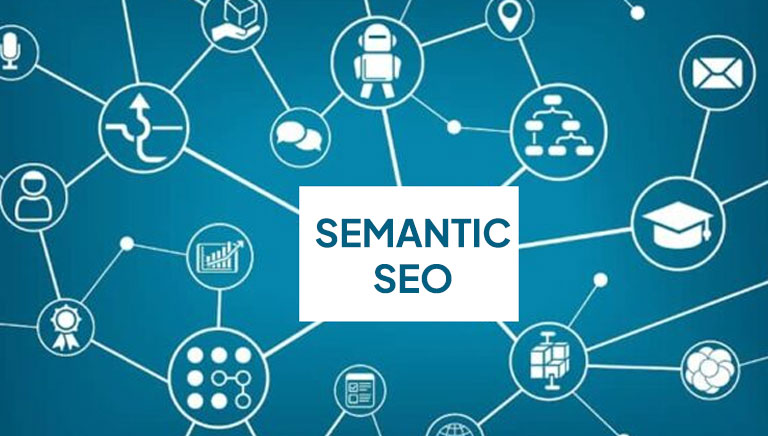Search Intent Optimization: The Missing Link in Your 2025 SEO Strategy

You’ve optimized your content for keywords, built backlinks, and even created topic clusters — but your rankings still aren’t climbing.
Here’s what you might be missing: search intent optimization.
In 2025, Google cares less about exact match keywords and more about what the user actually wants when they type a query. Understanding and aligning with search intent is the difference between content that ranks — and content that gets ignored.
Let’s dive into how to master search intent and boost your SEO performance.
What is Search Intent?
Search intent (also called “user intent”) refers to the reason behind a user’s search query. It answers the question: What does the searcher really want?
Google classifies search intent into four main types:
1. Informational Intent
The user wants to learn something.
- Example: “What is semantic SEO?”
2. Navigational Intent
The user wants to go to a specific website or page.
- Example: “Ahrefs login”
3. Transactional Intent
The user wants to take an action — like buying or signing up.
- Example: “Buy AI SEO tools”
4. Commercial Investigation
The user is researching before making a decision.
- Example: “Best free SEO tools for 2025”
Why Search Intent Matters in 2025
1. Google’s AI Understands Context
With models like Gemini, MUM, and RankBrain, Google doesn’t just look at keywords — it understands context, user behavior, and intent behind queries.
2. Mismatched Intent = No Rankings
If your blog post is targeting a transactional keyword but offers informational content, it won’t rank — no matter how optimized it is.
3. Higher Engagement & Conversions
Matching search intent improves:
- Click-through rates (CTR)
- Time on page
- Conversions
- Featured snippet opportunities
How to Identify Search Intent
1. Analyze the SERP
Search your target keyword and study the top 5 results:
- Are they blog posts, product pages, or tools?
- What kind of headlines are used?
- What questions are answered?
2. Use Google Features
Check for:
- Featured snippets
- People Also Ask (PAA) boxes
- “Related Searches” at the bottom
3. Understand Keyword Modifiers
Certain words signal specific intent:
| Intent Type | Keyword Clues |
|---|---|
| Informational | what, how, guide, tutorial, tips |
| Navigational | brand name, login, official site |
| Transactional | buy, order, discount, sign up |
| Commercial Investigation | best, top, vs, review, comparison |
How to Optimize Content for Each Intent
Informational
- Write in-depth blog posts or guides
- Use clear H2s and FAQs
- Add schema markup (FAQ/HowTo)
- Link to deeper related content
Navigational
- Optimize homepage, landing pages
- Ensure fast load speed & clear branding
- Use structured data (Logo, SiteNavigation)
Transactional
- Use strong CTAs
- Add reviews, trust signals, product features
- Use schema: Product, Offer, Review
Commercial Investigation
- Compare options
- Include pros/cons tables, video demos
- Write honest, balanced reviews
How Search Intent Fits Into Topic Clusters
Search intent isn’t isolated — it supports your topical authority.
Example: “AI SEO Tools” Cluster
- Pillar: “Best AI SEO Tools for 2025” (Commercial)
- Cluster: “What is AI SEO?” (Informational)
- Cluster: “Top Free AI SEO Tools” (Commercial)
- Cluster: “How to Use AI for Link Building” (Informational)
By addressing multiple intents across a cluster, you cover the topic holistically and rank better.
Tools to Help You Optimize for Intent
| Tool | Use Case |
| Ahrefs | SERP analysis, keyword intent filtering |
| Surfer SEO | NLP terms, content scoring by intent |
| Frase | Content briefs with PAA & SERP analysis |
| AlsoAsked | Intent-driven question clusters |
| ChatGPT | Query classification & intent suggestions |
Final Thoughts
Search intent isn’t a trend — it’s the foundation of modern SEO.
In 2025, winning content is not just optimized for keywords, but perfectly aligned with what the user actually wants.
If you’re not aligning your content with search intent, you’re leaving traffic, rankings, and revenue on the table.
Want to take your SEO to the next level? Explore our guides on Semantic SEO, AI SEO Tools, and Internal Linking to complete your strategy.
FAQs About Search Intent Optimization
Q1: Can one page serve multiple intents? Yes, but it should have clear sections (e.g., product info + FAQs + comparisons).
Q2: How do I know if I got the intent right? If you’re getting low CTR or high bounce, recheck the SERP and content type for that keyword.
Q3: Should I optimize old content for intent? Absolutely. Updating the format and title alone can revive rankings.
Q4: What’s the best format for informational content? Step-by-step guides, how-toss, and long-form blog posts work best.










